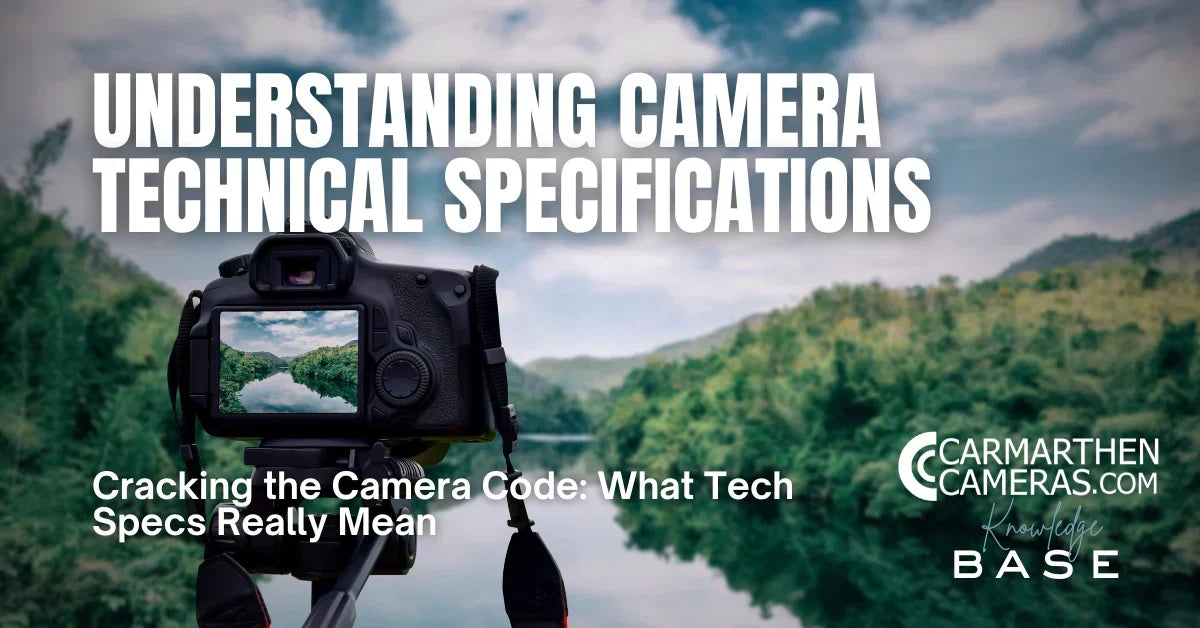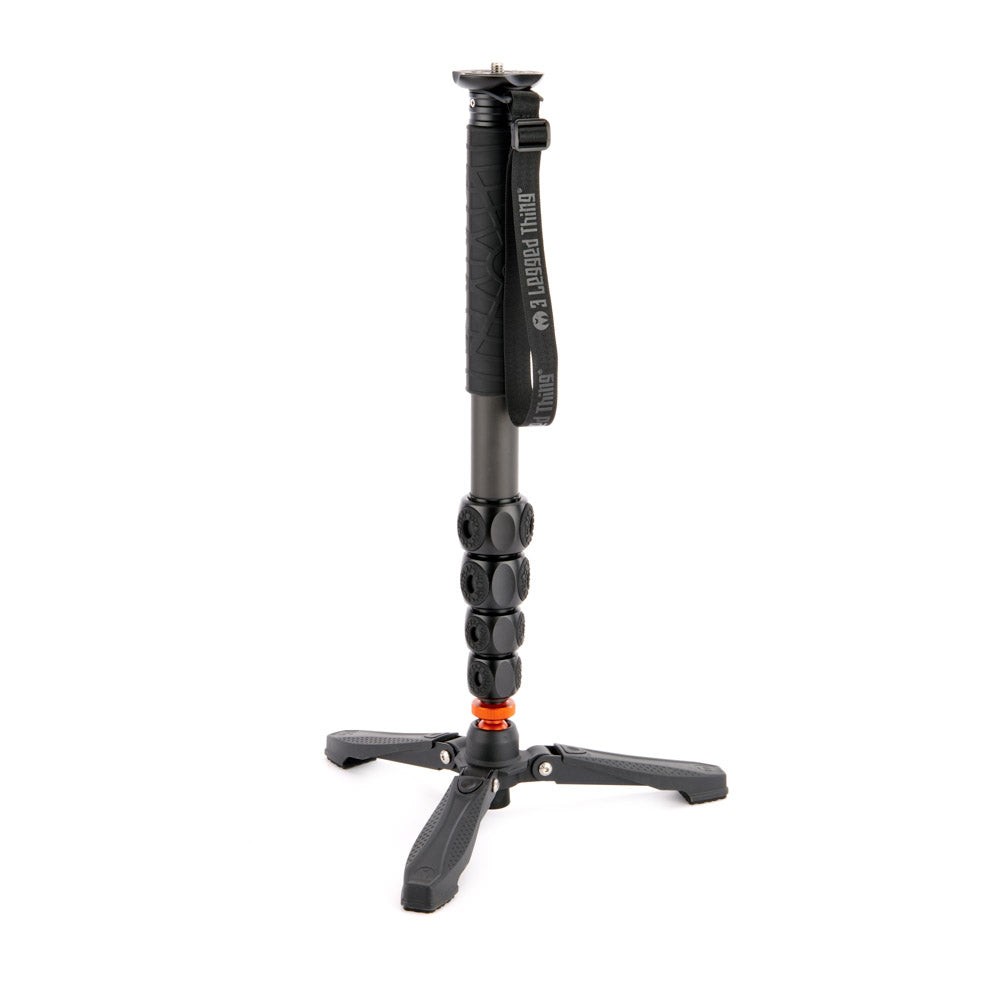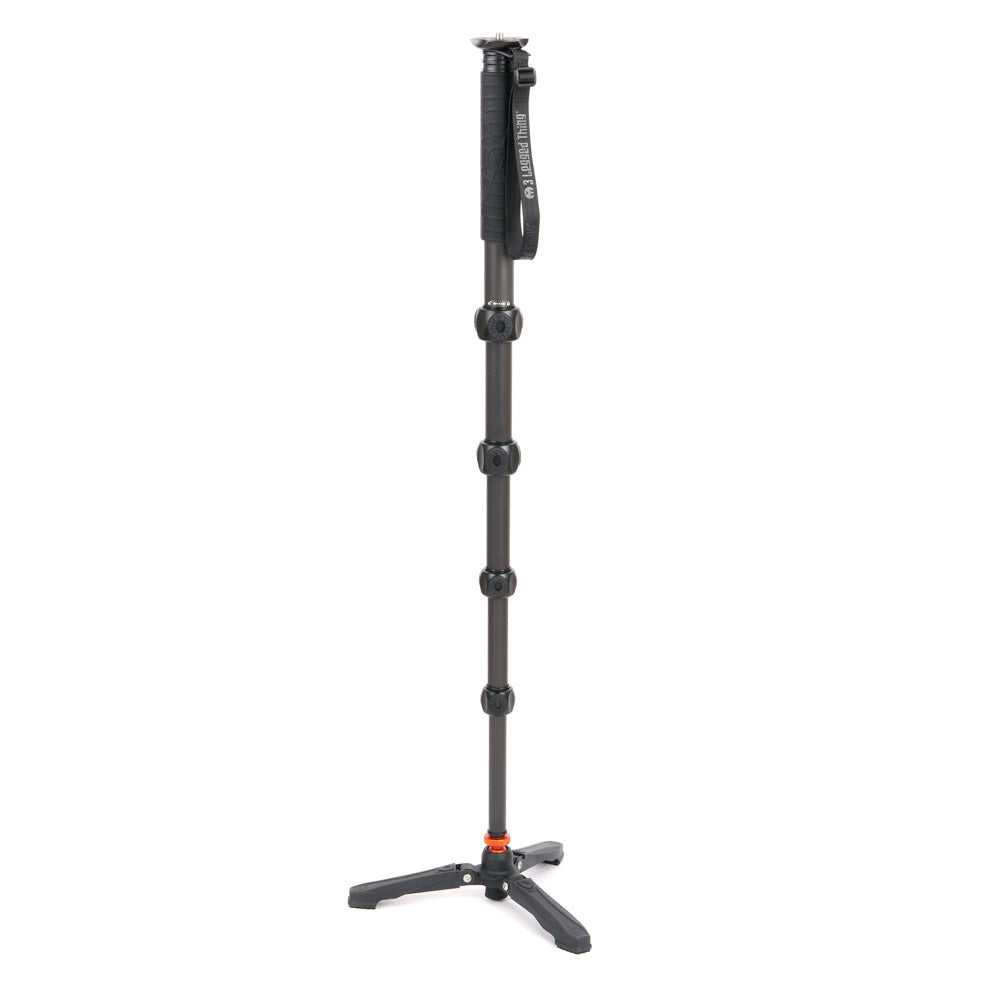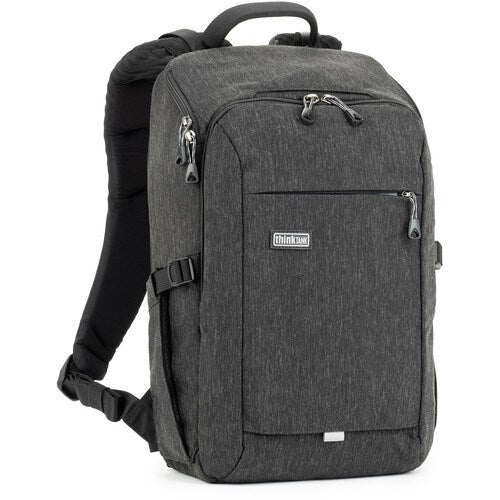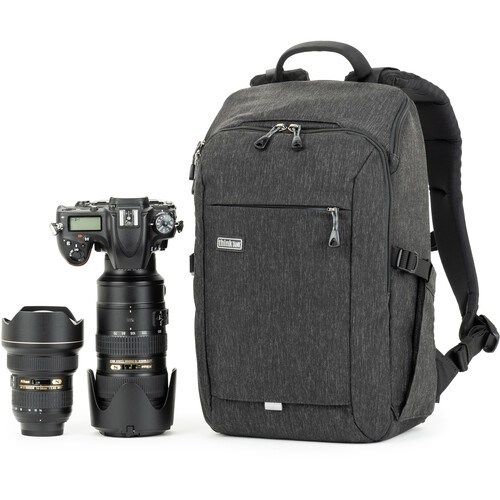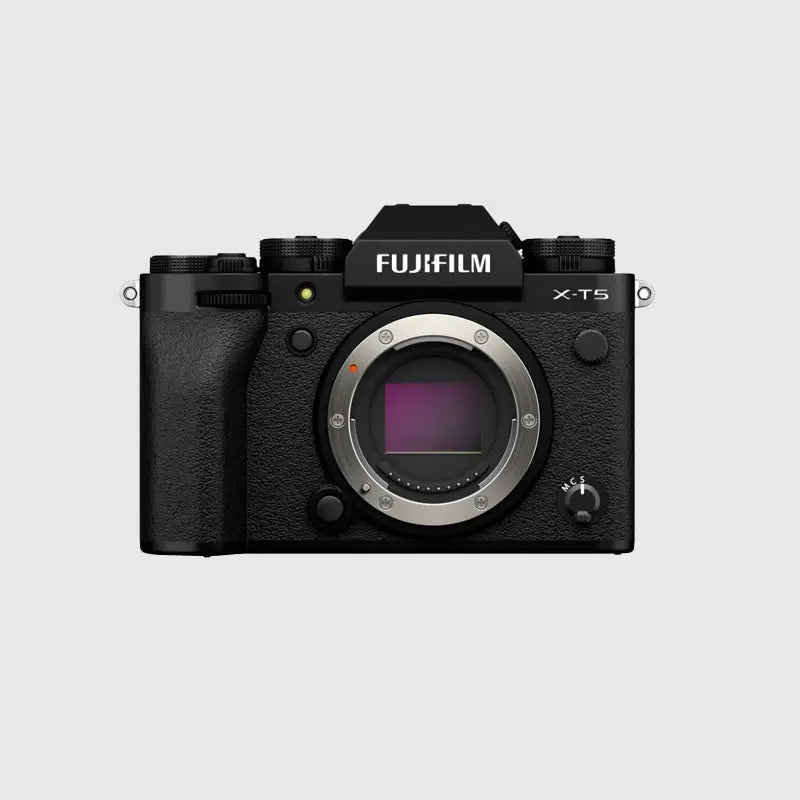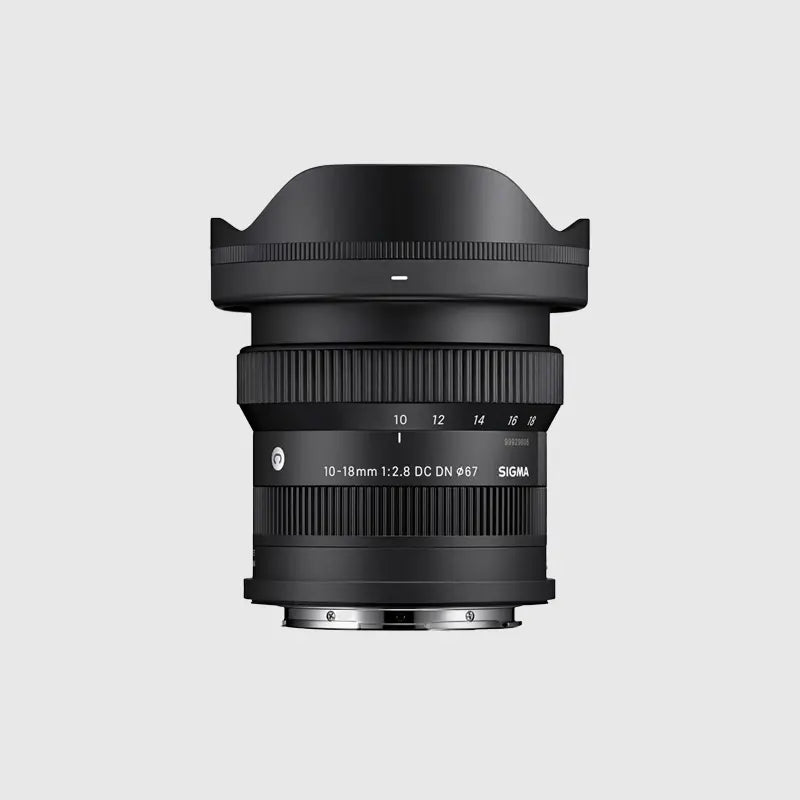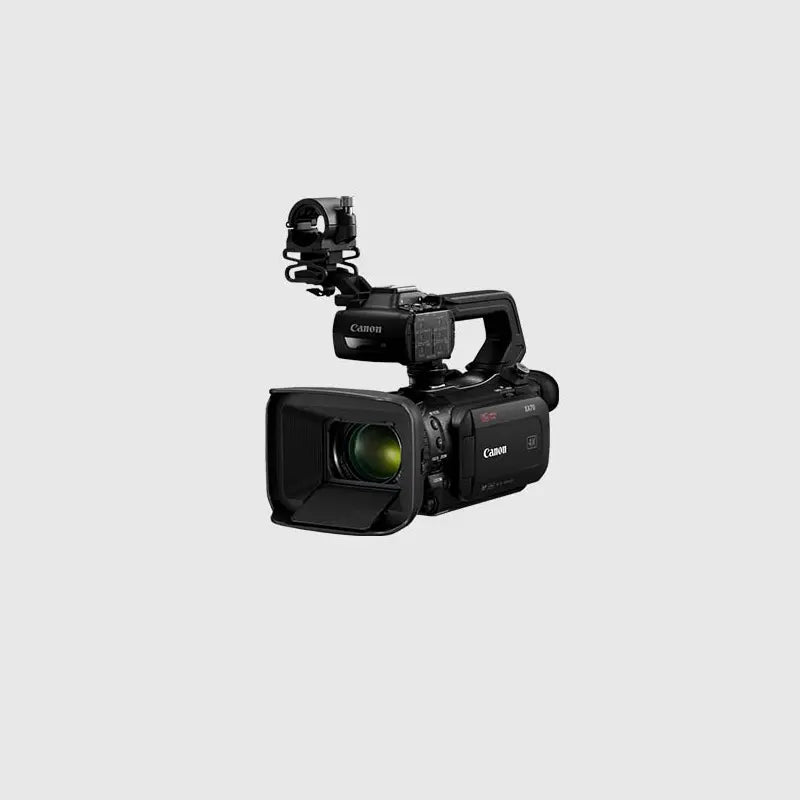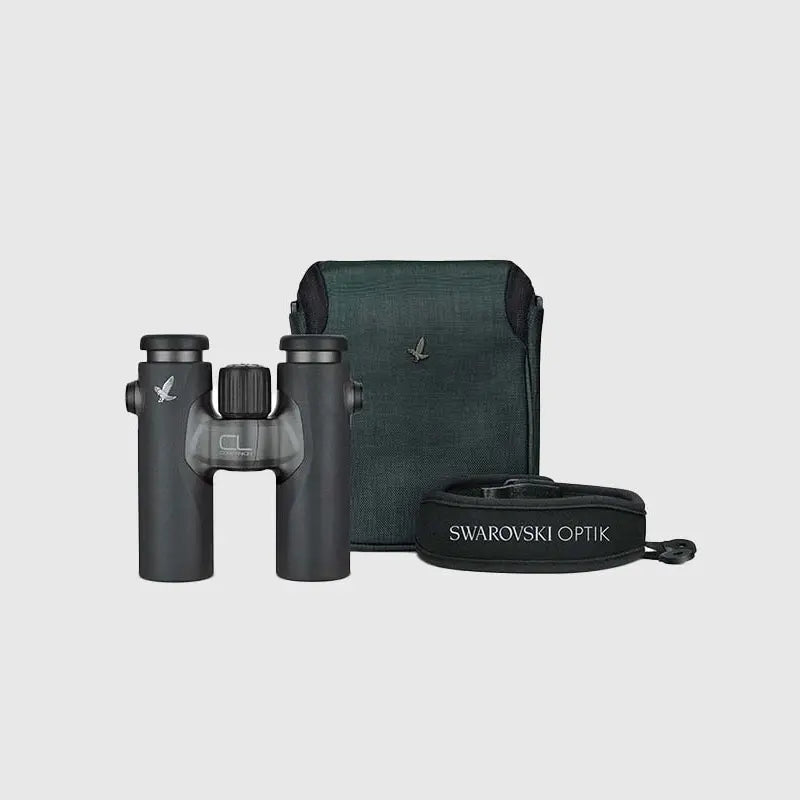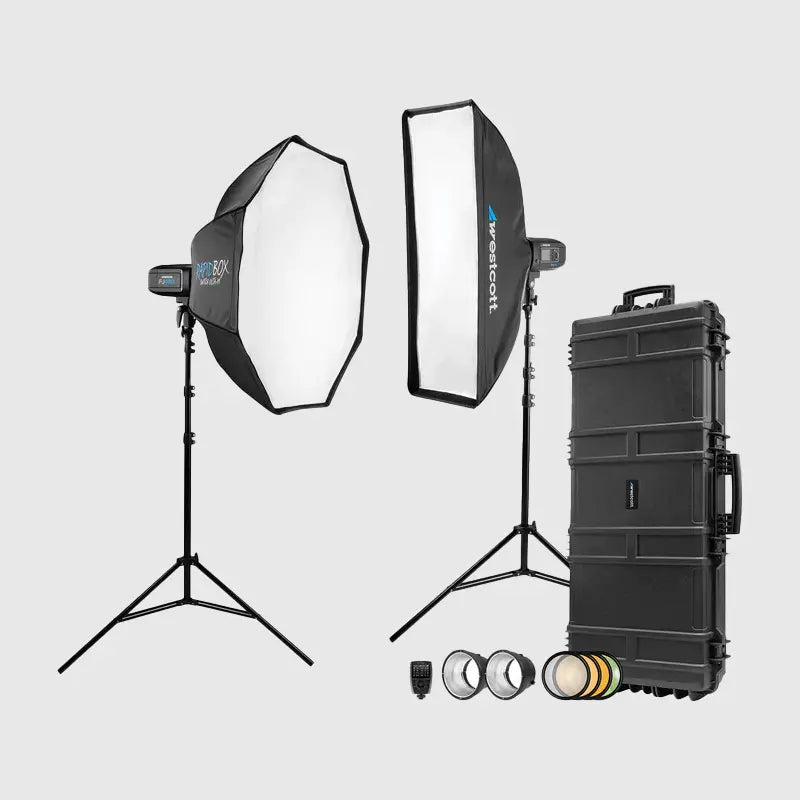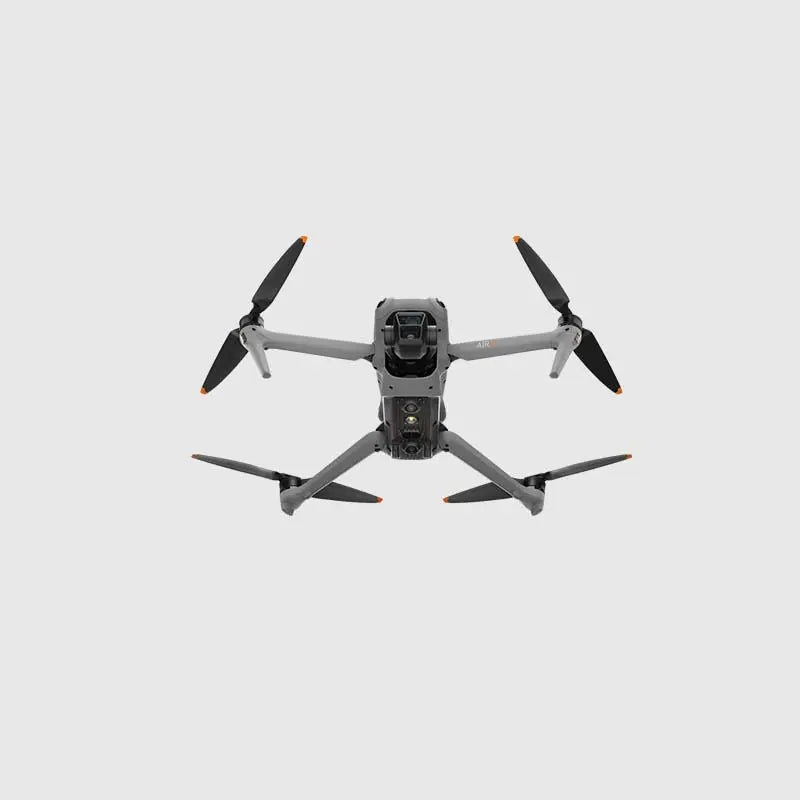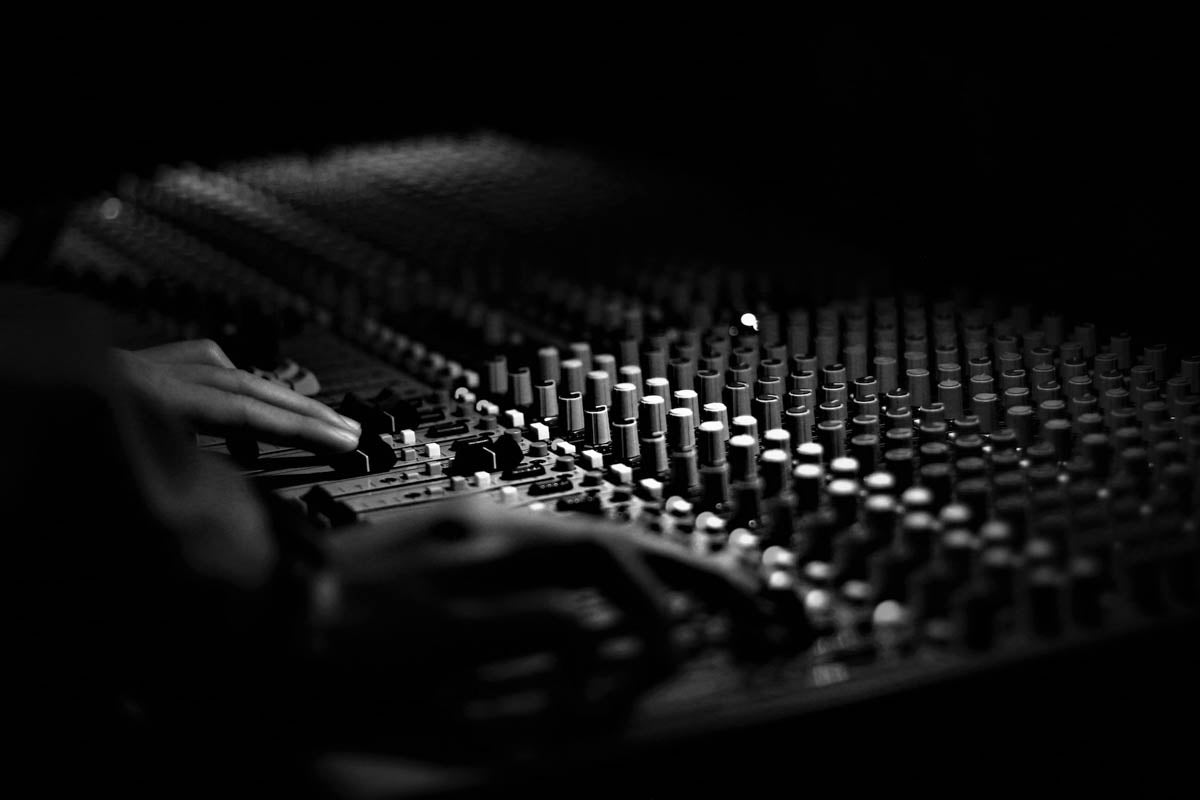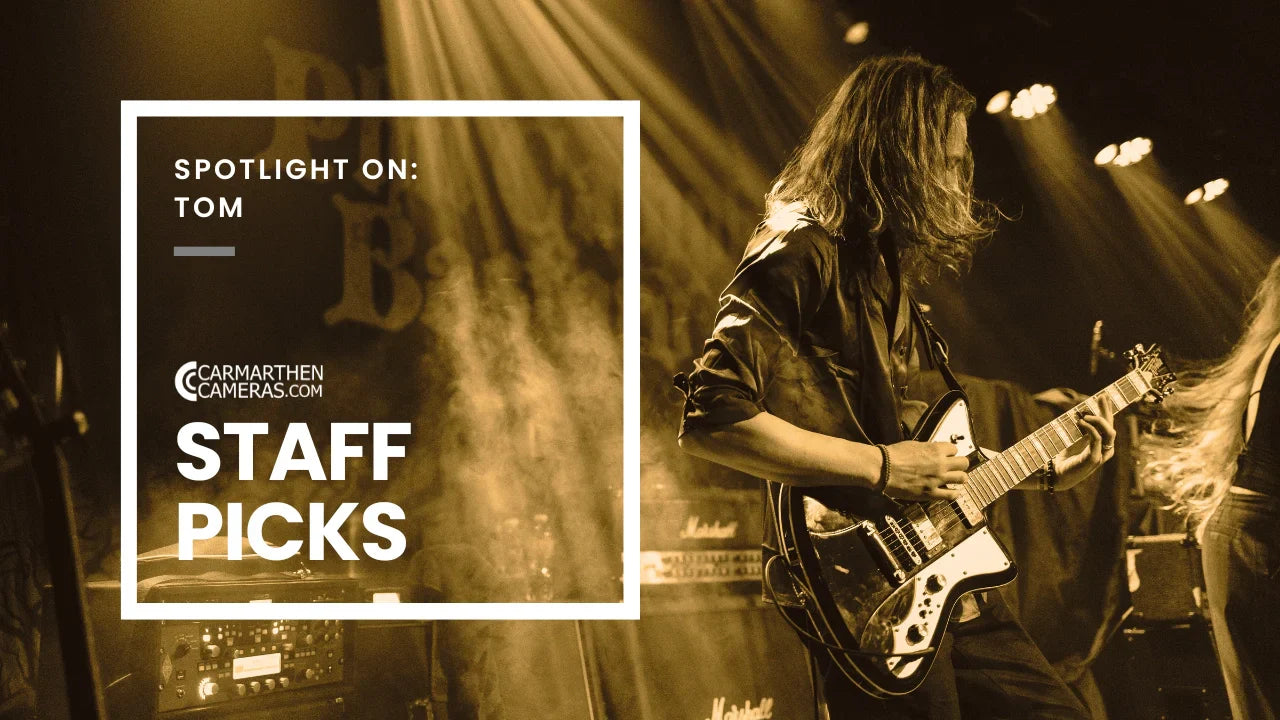Buying a new camera—whether it’s your first serious piece of kit or a long-awaited upgrade—can be thrilling, but also a bit daunting. Camera spec sheets are packed with numbers, acronyms, and features that can seem more confusing than helpful. In this guide, we’re going to demystify the core technical specifications, explain what really matters, and help you feel confident when comparing models. Whether you're a hobbyist or looking to turn pro, this deep dive will help you make a smarter choice.

Sensor Size: The Foundation of Image Quality
The image sensor is where everything begins. It’s the part of the camera that captures light and turns it into an image. Sensor size plays a major role in determining image quality, depth of field, and low-light capability.
- Full-Frame (36mm x 24mm): The gold standard for professional photography. Larger sensors gather more light, produce cleaner images at high ISO, and allow for shallow depth of field (beautiful background blur or “bokeh”). Excellent for portrait, landscape, and low-light photography.
- APS-C (~24mm x 16mm): A very popular mid-sized sensor. Found in many enthusiast-level DSLRs and mirrorless cameras. Offers a good balance of image quality, price, and size. Slightly narrower field of view due to crop factor (usually 1.5x or 1.6x).
- Micro Four Thirds (17.3mm x 13mm): Smaller sensor system found in lightweight mirrorless cameras. Great for travel and vlogging thanks to compact body and lens options.
- 1-Inch and Smaller Sensors: Found in compact cameras, smartphones, and action cams. Ideal for casual use and travel, but performance in low light and dynamic range is limited.
Why It Matters: Bigger sensors generally mean better image quality—but also larger, heavier and more expensive cameras and lenses.

Megapixels (MP): Resolution, Not the Whole Story
A megapixel is one million pixels. More megapixels mean more image detail, which can be helpful if you want to crop your photos or print them at large sizes. But megapixels are only part of the equation.
- 12–24 MP: Plenty for everyday shooting, social media, and standard-size prints. Also produces manageable file sizes.
- 26–36 MP: Great for enthusiasts or semi-pros who want more cropping flexibility or larger prints without sacrificing quality.
- 40+ MP: Found in high-end full-frame or medium format cameras. Offers stunning detail but requires excellent lenses, strong technique, and lots of storage.
Myth Buster: More megapixels do not automatically mean better image quality—sensor size, lens sharpness, and image processing matter just as much.

ISO Range: Low-Light Performance and Flexibility
ISO determines the sensor’s sensitivity to light. A wider ISO range allows you to shoot in more varied lighting conditions without needing flash.
- ISO 100–400: Ideal for bright, outdoor conditions—cleanest image with least noise.
- ISO 800–3200: Useful indoors or in low light. Noise starts to appear but modern sensors handle it well.
- ISO 6400+: Great for night or concert photography, but image quality can drop depending on the sensor.
Tip: Always check sample images at high ISO when choosing a camera—some models perform far better in low light than others.

Autofocus Systems: Speed and Precision
Autofocus (AF) ensures your subject is sharp. Today’s cameras often feature advanced AF systems with intelligent tracking, face/eye detection, and more.
- Phase Detection AF: Fast and reliable; ideal for sports and action. Often found in DSLRs and high-end mirrorless cameras.
- Contrast Detection AF: Slower but accurate; good for still subjects. Often found in compact or entry-level mirrorless cameras.
- Hybrid AF: Combines both systems for speed and accuracy—common in modern mirrorless cameras.
Other autofocus terms:
- AF Points: Areas in the frame where the camera can lock focus. More points and wider coverage allow better tracking and flexibility.
- Eye AF / Face Detection: Tracks and locks focus on a person’s eyes—brilliant for portraits and video.
Test Before You Buy: Focus speed and accuracy can vary widely—even between cameras with similar specs.

Continuous Shooting (Burst Rate): Capturing the Action
Measured in frames per second (fps), this spec tells you how many images your camera can shoot in rapid succession—useful for sports, wildlife, or fast-moving events.
- 3–5 fps: Standard range for general photography.
- 6–10 fps: Good for moderate action or street shooting.
- 12–30 fps and up: Ideal for professional sports, wildlife, or high-speed scenarios.
Also consider:
- Buffer size: How many shots can be taken before the camera slows down?
- AF Tracking during burst: Can it keep your subject in focus while shooting continuously?

Video Capabilities: More Than Just Resolution
Modern cameras are expected to do both stills and video well. Here’s what to watch:
- Resolution: 1080p (Full HD) is fine for casual video, but 4K has become the standard for most uses.
- Frame Rates: 24/25fps for cinematic style; 30fps for smooth web content; 60fps+ for fluid motion or slow motion.
- Bitrate & Codec: Affect file size and video quality. Higher bitrates retain more detail.
- Log Profiles: Flat video colour profiles (e.g. C-Log, S-Log) for colour grading in post-production.
- Audio: Look for microphone and headphone jacks for better sound control.
- Stabilisation: In-body (IBIS) or digital stabilisation improves handheld footage.
Note: If video is a priority, check for overheating limits, clean HDMI output, and continuous recording times.

Image Stabilisation: Sharp Shots Without a Tripod
- Optical IS: Found in many lenses—moves elements inside the lens to counteract shake.
- IBIS: Sensor moves inside the body to stabilise images. Works with all lenses.
- Digital IS: Software-based, often found in video modes—can crop the image.

Ergonomics, Build & Other Practical Considerations
These specs don’t always show up on paper but are hugely important in real-world use:
- Weather-Sealing: Useful for outdoor shooting in rain, dust, or unpredictable conditions.
- Build Quality: Metal bodies are more robust; plastic may be lighter but less durable.
- Battery Life: Mirrorless cameras tend to have shorter battery life than DSLRs—check estimated shot count.
- Viewfinder & Screen: Look at resolution, refresh rate, touchscreen capability, and if it articulates or flips.
- Customisation: Cameras with custom buttons, quick menus, and intuitive navigation are easier to use in fast-paced environments.

Jargon Buster: Camera Terminology Explained
| Term | Meaning |
|---|---|
| AF | Autofocus |
| FPS | Frames Per Second |
| IBIS | In-Body Image Stabilisation |
| OIS | Optical Image Stabilisation |
| EVF | Electronic Viewfinder |
| ISO | Sensor sensitivity to light |
| RAW | Uncompressed image file with full data |
| JPEG | Compressed image file |
| Log Profile | A flat video colour profile for post-processing |
| Bitrate | How much data is recorded per second of video |
| Dynamic Range | The range of brightness a camera can capture from shadows to highlights |
| Bokeh | The quality of background blur in an image |
Final Thoughts
Camera specs aren’t just numbers—they reflect how a camera will behave in real shooting scenarios. By understanding what each term means and how it affects your photography, you can narrow down your choices and find a camera that truly fits your needs, whether that’s portraits, landscapes, vlogging, or sports.
Still unsure what’s right for you? Visit Carmarthen Camera Centre at Zion Chapel, Mansel St, Carmarthen, or call us on 01267 222300 for personalised advice. We’re always happy to help you find the perfect gear and make sense of the specs.

